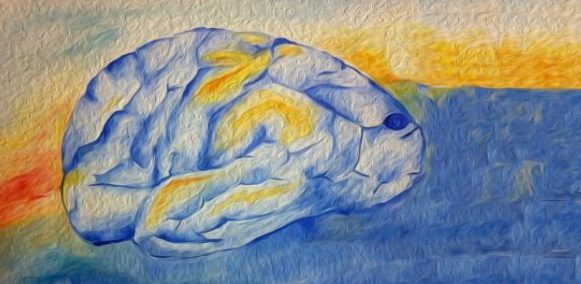Theoretical neuroscience
Theory of spike initiation, sensory systems, autonomous behavior, epistemology
Editor Romain Brette
M-current inhibition rapidly induces a unique CK2-dependent plasticity of the axon initial segment (2017)
Jonathan Lezmy, Maya Lipinsky, Yana Khrapunsky, Eti Patrich, Lia Shalom, Asher Peretz, Ilya A. Fleidervish, Bernard Attali
1 comment on PubPeer PubMed: 29109270 DOI: 10.1073/pnas.1708700114
Recent studies have shown that the axon initial segment (AIS) can move, extend or shrink in response to various treatments. Here the authors show that inhibiting the M-current (a hyperpolarizing K+ current) induces a distal shift of the AIS together with changes in excitability. There are several interesting findings in this study. First, blocking the current immediately depolarizes the neuron and increases the input resistance, which logically reduces the rheobase (threshold current). But then these parameters go back to their initial values over an hour or so, although the M-current is still blocked, so some compensation occurred. Concurrently, the AIS shifts distally (first the Nav and Kv channels together, then the ankyrin-G); the initiation site shifts accordingly. Finally they show that the relocation is blocked by inhibiting CK2. The authors use a model to support their interpretation that the distal shift of the AIS causes the compensatory reduction in excitability. The model shows two effects that I showed theoretically in my 2013 paper (Brette (2013) Sharpness of spike initiation in neurons explained by compartmentalization): 1) if only Nav channels are considered, moving the AIS distally actually increases excitability (lowers threshold); 2) if there is hyperpolarizing current in the AIS, the opposite effect is seen (this is in my supplementary methods). Thus the authors propose that (2) is happening. However, in my view the data in Fig. 5C support a different interpretation. What is seen there is quite surprising: when the M-current is blocked, the spike threshold does not change at all, and then after a couple of hours the spike threshold lowers. This explicitly supports (1) and contradicts (2). If the threshold doesn’t change when the M-current is blocked, then that means that this current doesn’t actually hyperpolarize the AIS relative to the soma. If the effect that the authors propose underlied the reduction in excitability, then the spike threshold should increase, not decrease. Thus it seems that the distal movement of the AIS actually increases excitability, but something else (expression/phosphorylation of another channel?) reduces it.
